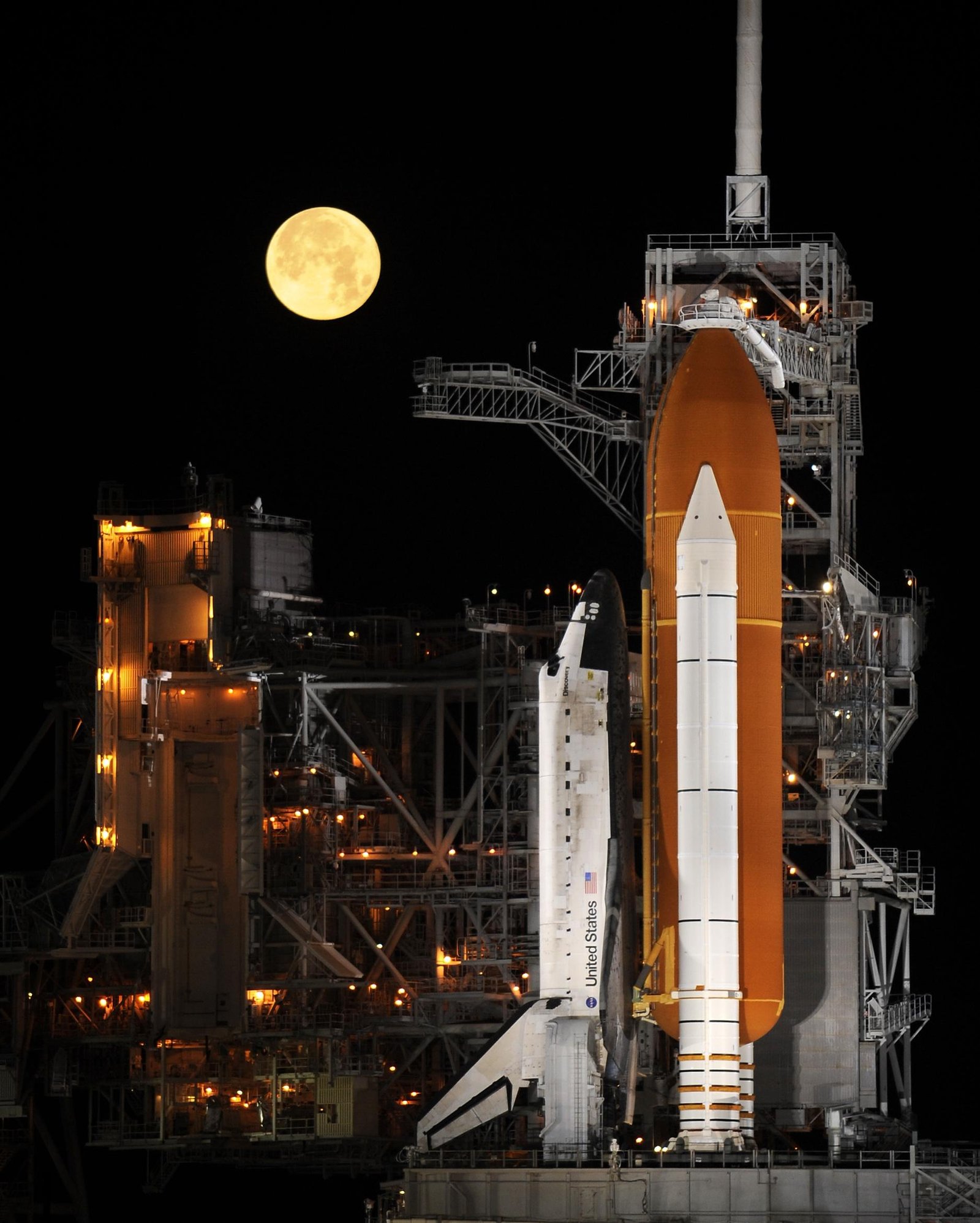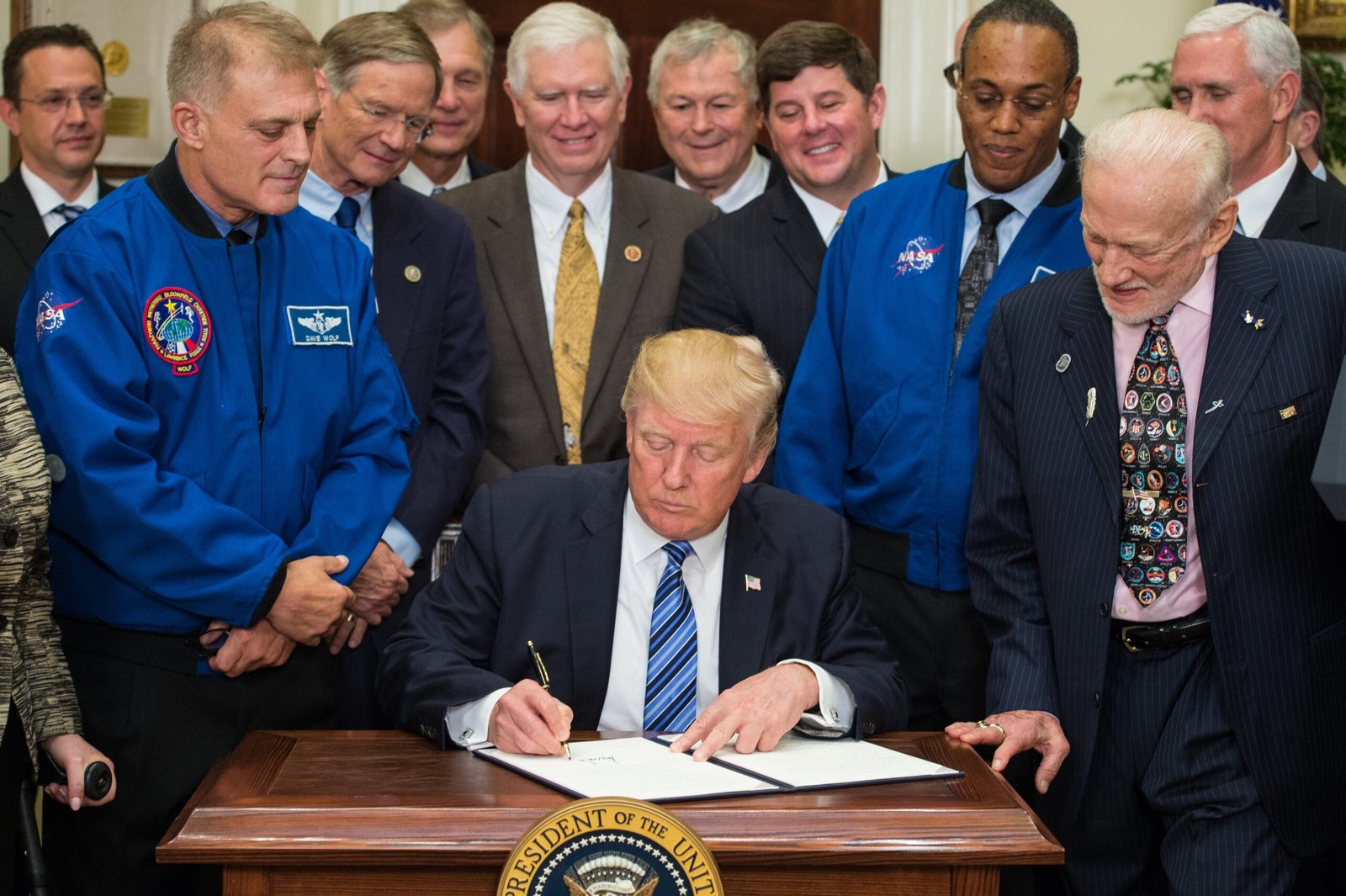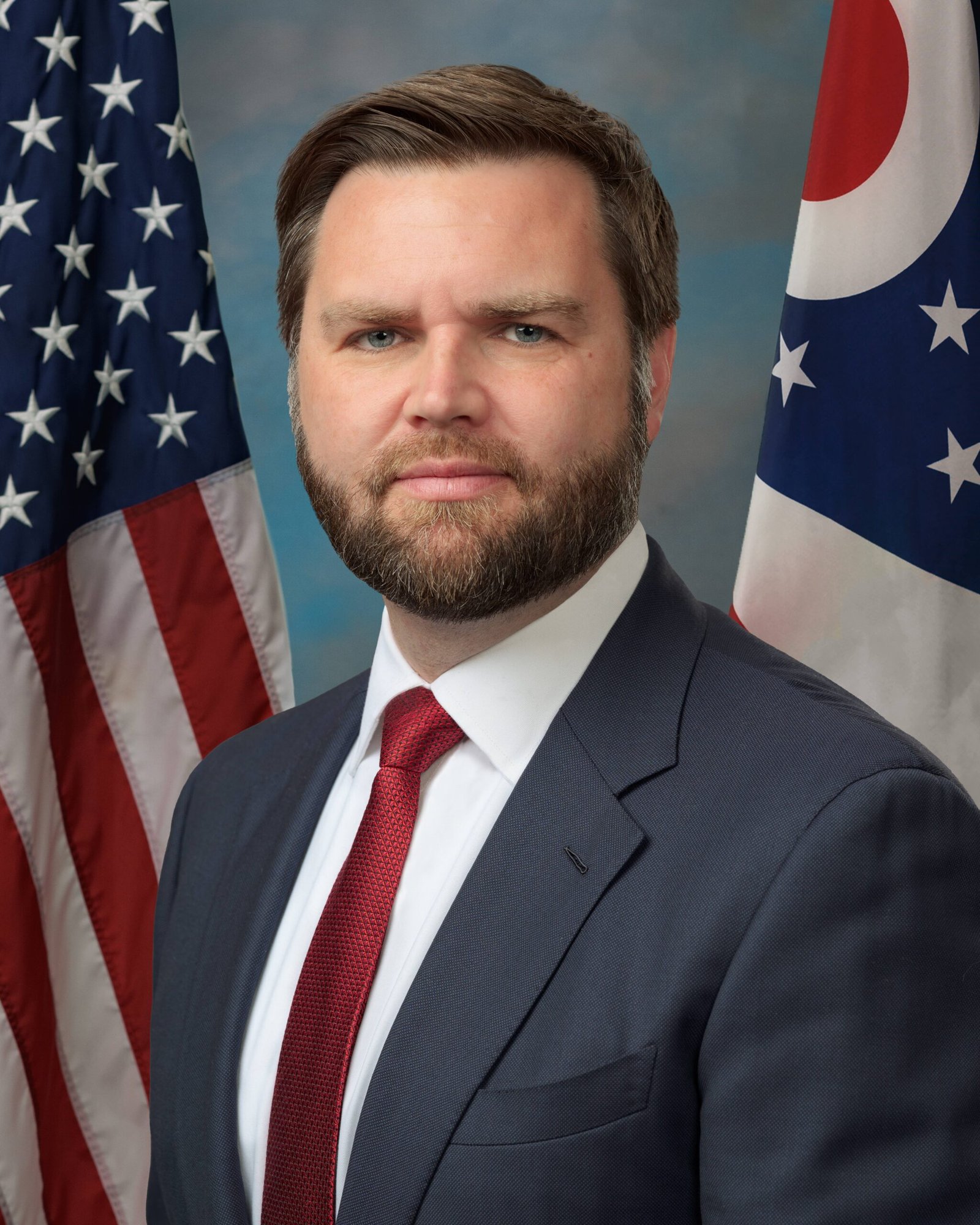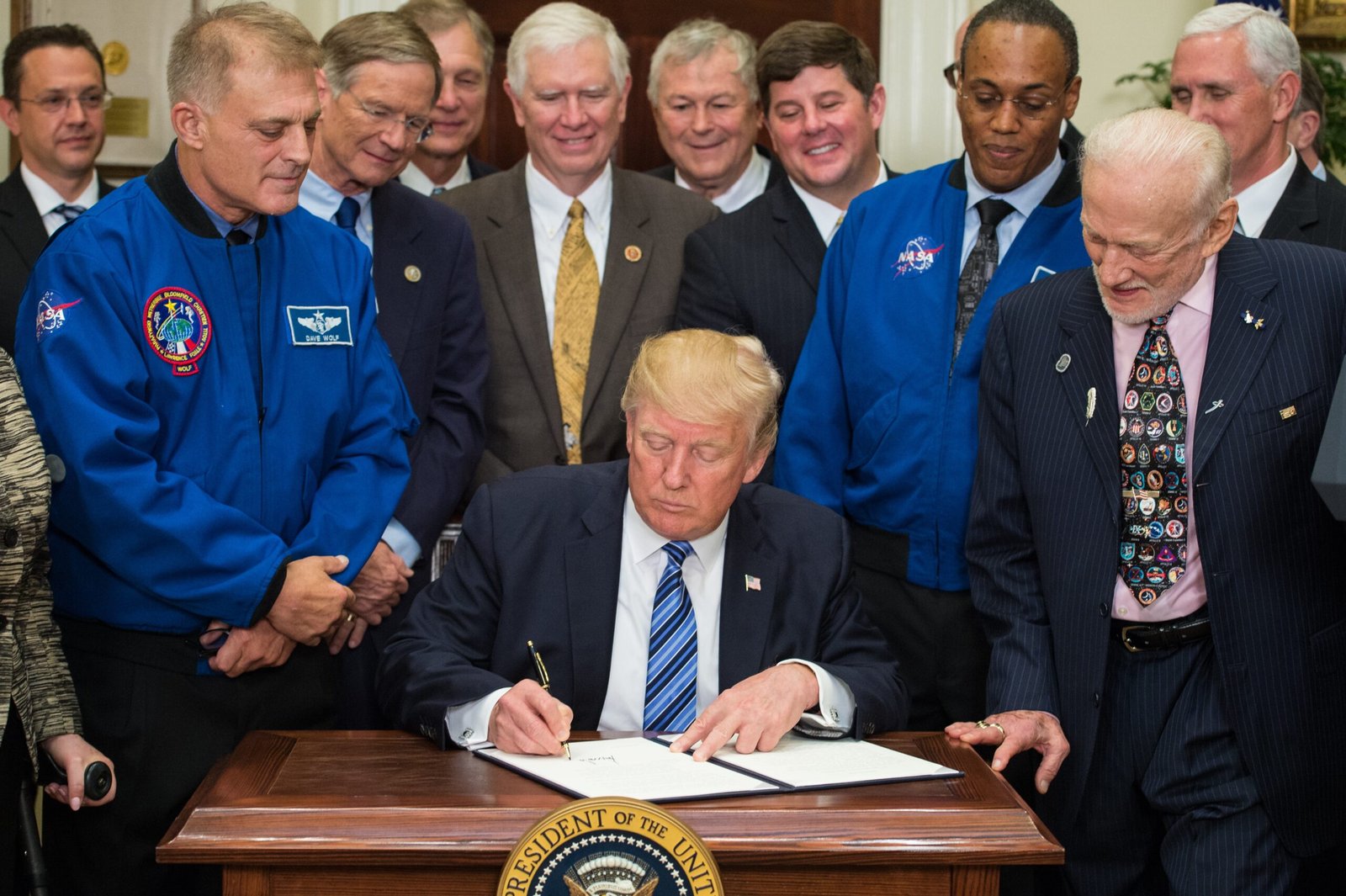White House Signals a Bold New Space Direction

The White House’s decision to bring back the National Space Council is making waves across the nation. After months of uncertainty and intense industry lobbying, the council’s revival signals that America is ready to dream bigger in space once again. This move comes with high stakes: a renewed race with China, plans for Mars missions, and the promise of reshaping how government and private industry work together beyond Earth. It’s not just policy—it’s a statement that the U.S. won’t settle for anything less than a leading role in the next frontier. For everyday readers, it feels like watching a plot twist in real time, with the future of science fiction unfolding in the headlines. The energy is palpable, and everyone from rocket scientists to curious kids is paying attention.
Why the National Space Council Matters Now

This council isn’t just another government committee; it’s the steering wheel for America’s space strategy. Historically, it has shaped big moves—like the creation of the Space Force and launches under Artemis, NASA’s mission to return humans to the moon. Its absence was felt, especially as commercial giants like SpaceX raced ahead. Now, the council is back to coordinate agencies, from the Space Force to the Department of Commerce, and to keep America’s space ambitions unified and on track. It’s about setting the agenda, not just for government, but for all of us who want a future where space is more than just a fantasy.
Arena of Power: Musk, Mars, and Moon Landings

The revived council is stepping into a cosmic tug-of-war. Elon Musk’s SpaceX has opposed its return, quietly preferring fewer government hands on the controls. But with the council’s comeback, there’s a new referee in the game—one that can balance innovative private companies with national interests. High on the agenda: building a missile shield called Golden Dome, landing Americans on the moon before 2030, and preparing for Mars. This isn’t just competition; it’s a cultural moment, where billionaires, presidents, and scientists all vie for a say in humanity’s future among the stars.
Vice President Vance and the Road Ahead

Vice President JD Vance is now at the helm, although he’s been mostly quiet about space so far. Still, his time in the Senate and connections to NASA research hubs in Ohio mean he’s no stranger to what’s at stake. The big question: How will he guide this council through the maze of politics, science, and industry ambition? For now, his leadership is a wild card—one that could shape the next chapter in the story of American exploration.
Source: Trump administration to revive National Space Council


